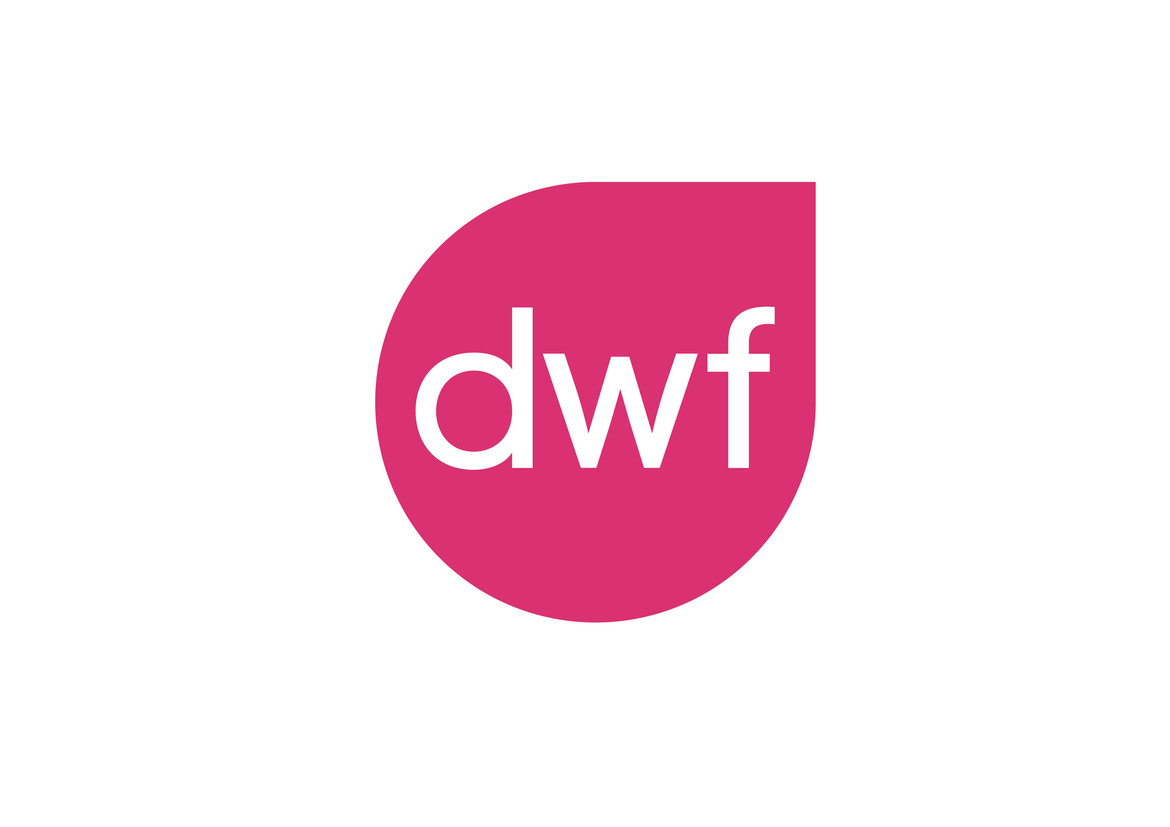Crypto-currencies – High Prospects Despite Low Reputation?
New methods of conducting payments and bank business have been developed since the early days of the Internet; Credit cards, direct debit cards, and e-money transactions are widely accepted and increasingly popular. However, all these payment methods require two things: banks and a regulated currency. With the emergence of blockchain technology, new payment methods have evolved, which claim to make banks and regulation unnecessary. What are these crypto-currencies, what are their benefits, and do they really have an impact on the banking and financial world? Daniel Groß, Attorney at Law, DWF Germany, Cologne, explains.

© Tsokur | iStockphoto
New methods of conducting payments and bank business have been developed since the early days of the Internet. Today, cashless payment is common practice. Credit cards and EC cards are widely accepted and the number of e-money transactions is growing steadily. However, all these payment methods require two things: banks and a regulated currency. With the emergence of blockchain technology, new payment methods have evolved, which claim to make banks and regulation unnecessary. These are the so called crypto(-graphic)-currencies. But what are they, what are their benefits, and do they really have an impact on the banking and financial world?
What are crypto-currencies and how do they work?
The most widely known crypto-currencies are Bitcoin and Ether, but they are by far not the only crypto-currencies. At present, more than six hundred crypto-currencies exist, and each follows its own rules. What they have in common is that they are exclusively digital, hence they are cashless, and make use of blockchain technology. This means they use cryptographic processes to ensure security within the payment system and store all processed transactions in a tamper-proof decentralized database, which every user can access. The decentralized database is usually referred to as the “ledger”.
Currently, crypto-currencies are not commonly issued by a state or regulatory authority (both Tunisia (2015) and Senegal (2016) have introduced digital currencies based on blockchain technology). Thus, their creation has to follow certain methodological guidelines from within the currency’s network. From the approaches available, the most common method is so-called “mining”. In a nutshell, mining is part of the validation process required for each transaction within a crypto-currency. The validation process follows a complex mathematical procedure and therefore requires special hardware consumers usually cannot afford. Hence, consumers usually acquire their first units of a crypto-currency by exchanging their state-regulated money, so-called “fiat currency”, for the chosen crypto-currency on specialized exchange platforms.
Legal nature of crypto-currencies
The legal nature of crypto-currencies is highly disputed in international expert groups and many jurisdictions come to different legal classifications, ranging from declaring them illicit to accepting them as legitimate means of payment. In Germany, the regulatory authority responsible, the Bundesanstalt für Finanzdienstleistungsaufsicht (BaFin) currently classifies crypto-currencies as “Rechnungseinheiten” (units of account) and therefore as a subset of financial instruments. Hence, in Germany, crypto-currencies are not official currency, but can serve as means of payment under private-law contracts.
Advantages over fiat currencies?
In comparison with fiat-currency-based transactions, crypto-currencies offer one major advantage: they are fast. Where a transaction with fiat money takes up to three bank days to complete within the European Union, or even more than a week for international transactions, a crypto-currency based transaction is usually completed within a few minutes. This is due to the fact that within a crypto-currency transaction, only a given data set is exchanged and stored within the currency’s ledger. No banks are involved and no conversion has to take place on cross-border transactions.
Programmers see the further advantage that wide areas of crypto-currencies are based on open source software. The entire blockchain technology does not use proprietary software and neither do many crypto-currencies. This gives software developers the unique opportunity to develop their own payment solutions and freely place them in the market.
Reactions from fiat currencies?
Also within the EU, banks are currently speeding up their processes. By the end of 2017, the second Payment Services Directive of the European Parliament (PSD2) will have entered into force. It tackles the aforementioned issues: a major aspect of PSD2 are intraday payments. In the future, payments within the EU shall not take longer than a bank day to complete. This is a significant increase in transaction speed and might just be enough to make crypto-currencies negligible for daily business in the eyes of consumers, as they are still not a widely accepted payment method.
Also, with PSD2, the obligation of “Access to Account”, or XS2A, is introduced. XS2A means that banks must provide software developers and FinTechs with the Application Programming Interfaces (APIs) necessary to grant a software-solution access to bank accounts of a given user, if permitted by that user. XS2A’s purpose is to enable third parties to offer new solutions and services for payment and banking. Thus, XS2A is theoretically capable of opening the banking and finance world to new FinTech innovations on a large scale.
High-speed = high flexibility?
Even though crypto-currencies claim to enable rapid transactions worldwide, this alleged truth has one major drawback: crypto-currencies only provide high-speed transactions within their very own ledger. When it comes to crypto-currency conversion, things change drastically. Where banks have established convenient conversion procedures for fiat currencies, users of crypto-currencies have to find their own ways of converting one crypto-currency to another or even back into fiat money. Therefore, crypto-currencies may have an advantage in speed, but they lack the flexibility and convenience of fiat money.
Interledger and other current developments, a merger of two ideologies? An attempt at an outlook.
Of course, the problems regarding the conversion of crypto-currencies have not gone unnoticed by the FinTech community. A current and promising approach is the so-called “Interledger protocol”. This protocol is inspired by network protocols. In simple terms, Interledger regards every crypto-currency’s ledger as a node of a network that is capable of spanning through most of the existing crypto-currencies. It allows the routing of payments through different ledgers, automatically converting them and thus making a payment with a crypto-currency the recipient does not even use. At least in theory, the protocol could also be used with fiat currencies, which could bring the ideologies of fiat currencies and crypto-currencies closer together.
Such mergers sound far-fetched? Not necessarily. Outside of the EU, in Tunisia, such a merger has already begun. With the replacement of the eDinar with the blockchain-based Monetas currency in 2015, Tunisia has become the world’s first nation to offer its national currency through cryptographic technology. Senegal followed in 2016. Also within the EU, crypto-currencies have clearly left their mark: in late 2016, the central bank of Sweden, the Sveriges Riksbank, announced plans to issue the e-Krona. And even though plans are still in an early phase, it is quite likely that the e-Krona will be blockchain-driven as well. Furthermore, European regulatory authorities are beginning to rethink their approach to the classification of crypto-currencies. With the implementation of the EU Anti-Money-Laundering regulations in national law in January of this year, the BaFin also seems to be reconsidering their position on crypto-currencies.
Whatever the outcome of these processes will be, crypto-currencies have become a serious alternative to fiat-money-based FinTech approaches. Their impact on the banking world cannot be denied and the community of crypto-currency users is growing steadily. Almost every day, new ideas for blockchain-based payment methods arise. As the idea of a crypto-currency is rather young, there are still many legal questions to be solved. From a legal point of view, developments could not be more exciting.
Daniel Groß is an Associate at DWF law, specializing in information technology law with an emphasis on financial technology and project implementation.
Please note: The opinions expressed in Industry Insights published by dotmagazine are the author’s own and do not reflect the view of the publisher, eco – Association of the Internet Industry.
Early 2018, eco will host the Blockchain Masters conference in Frankfurt. More details will be online on blockchain.eco.de in a few weeks.



